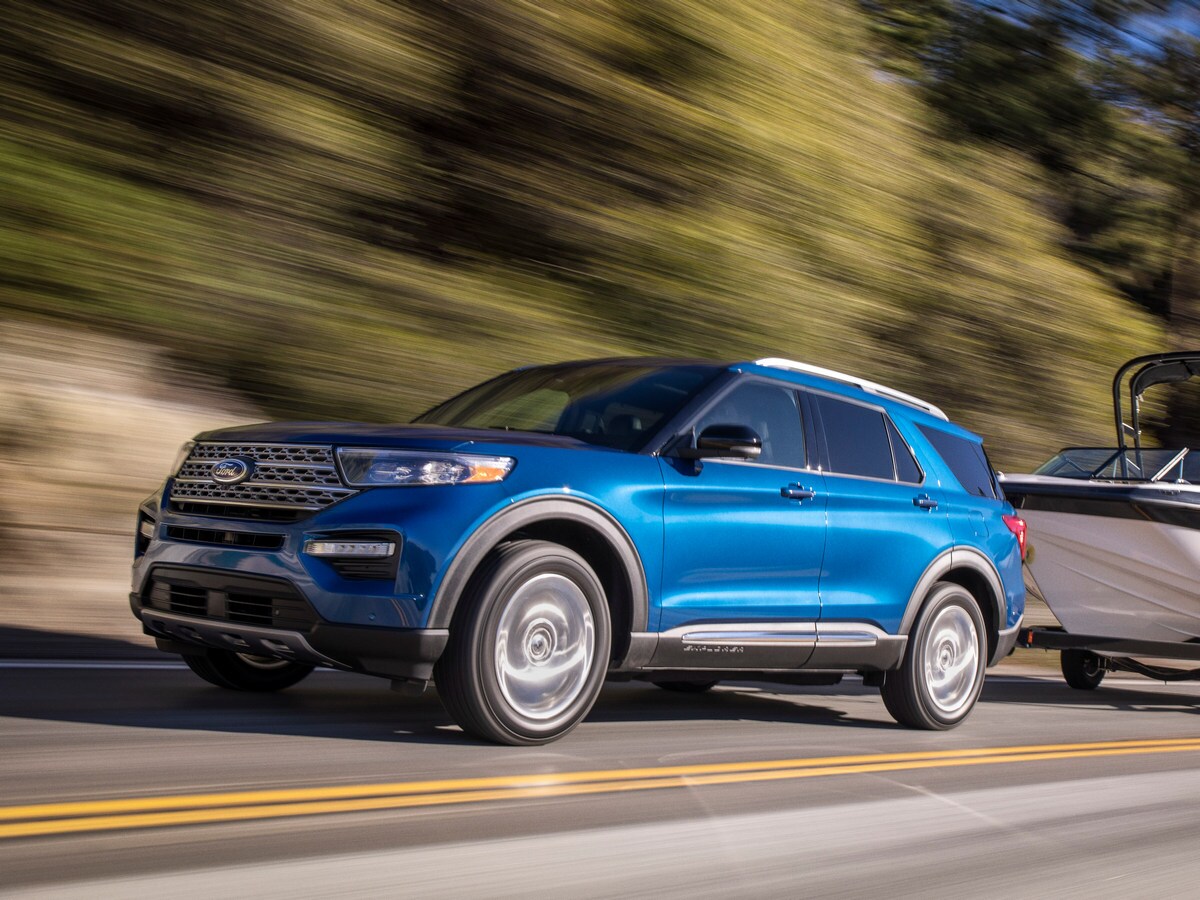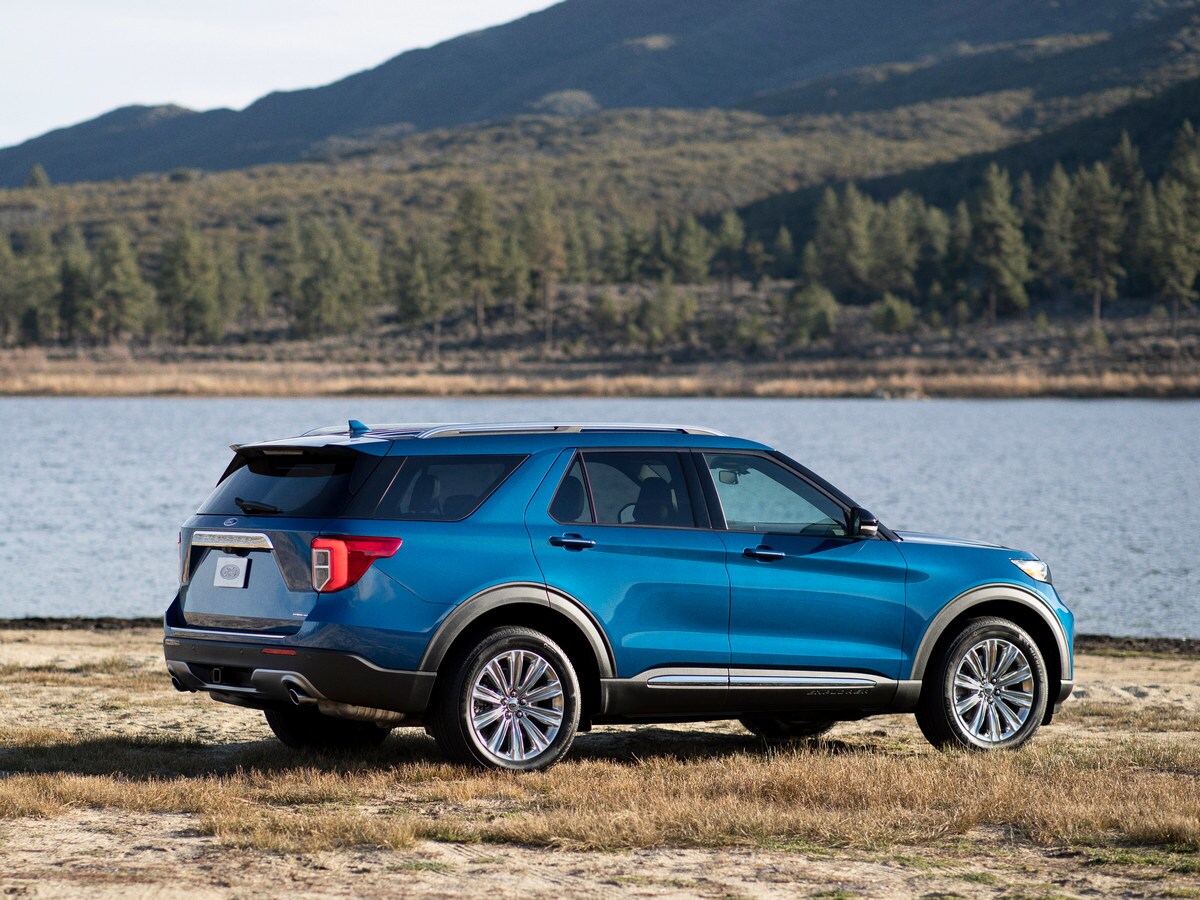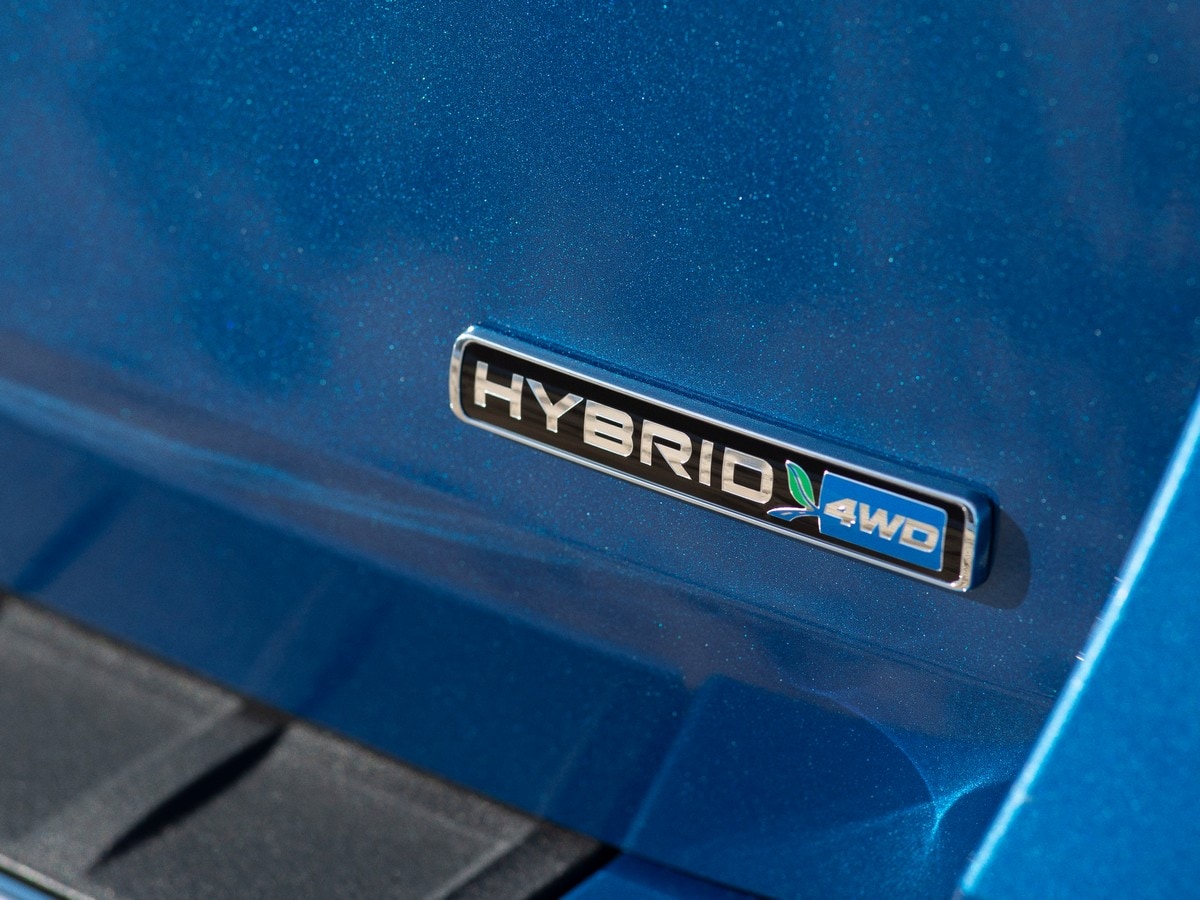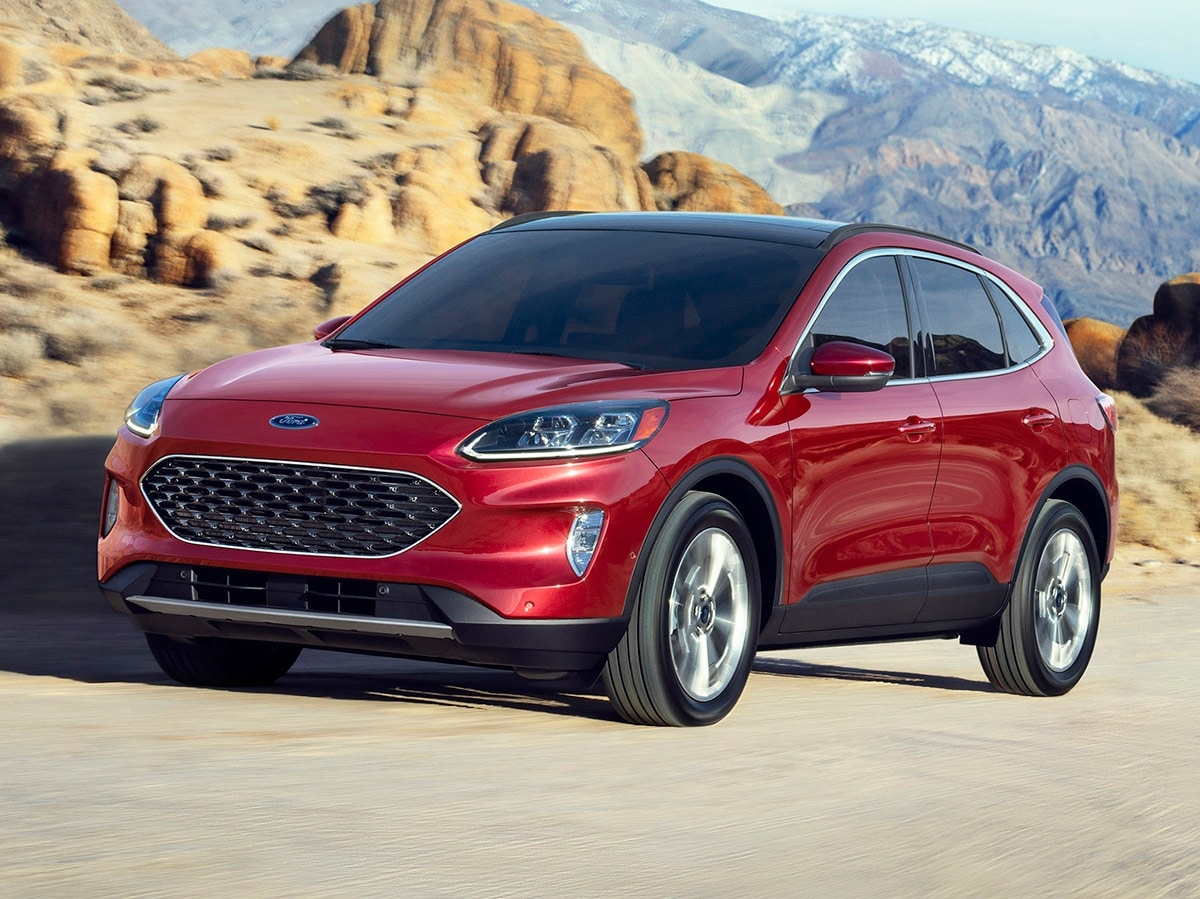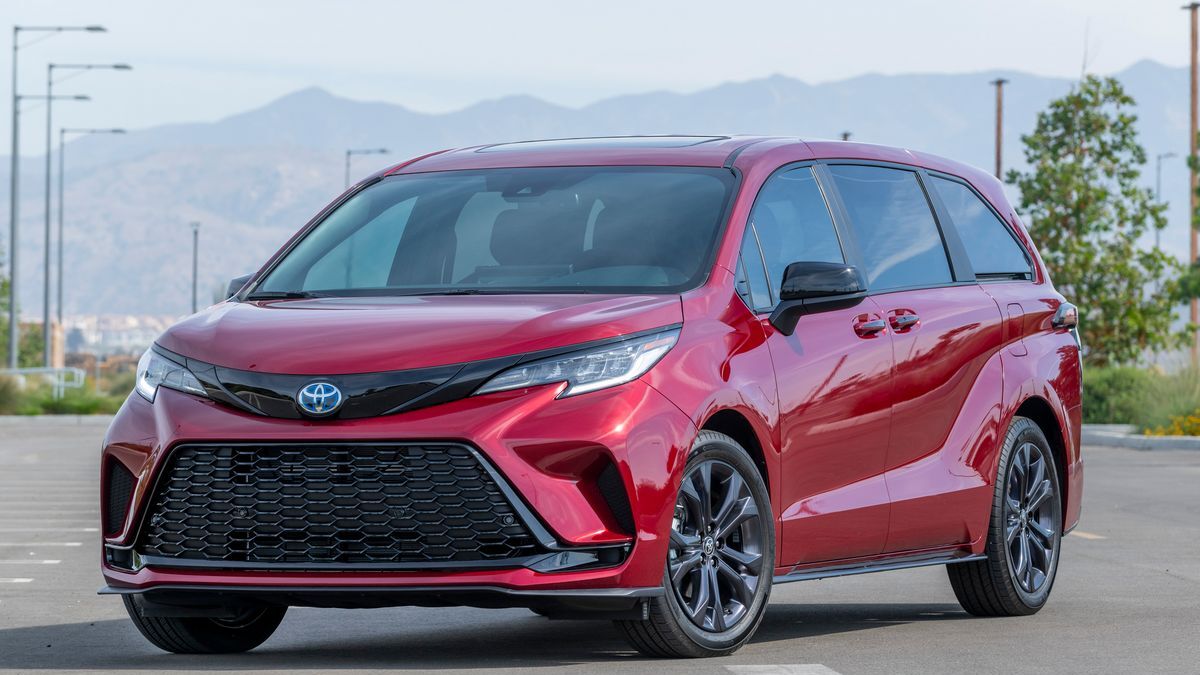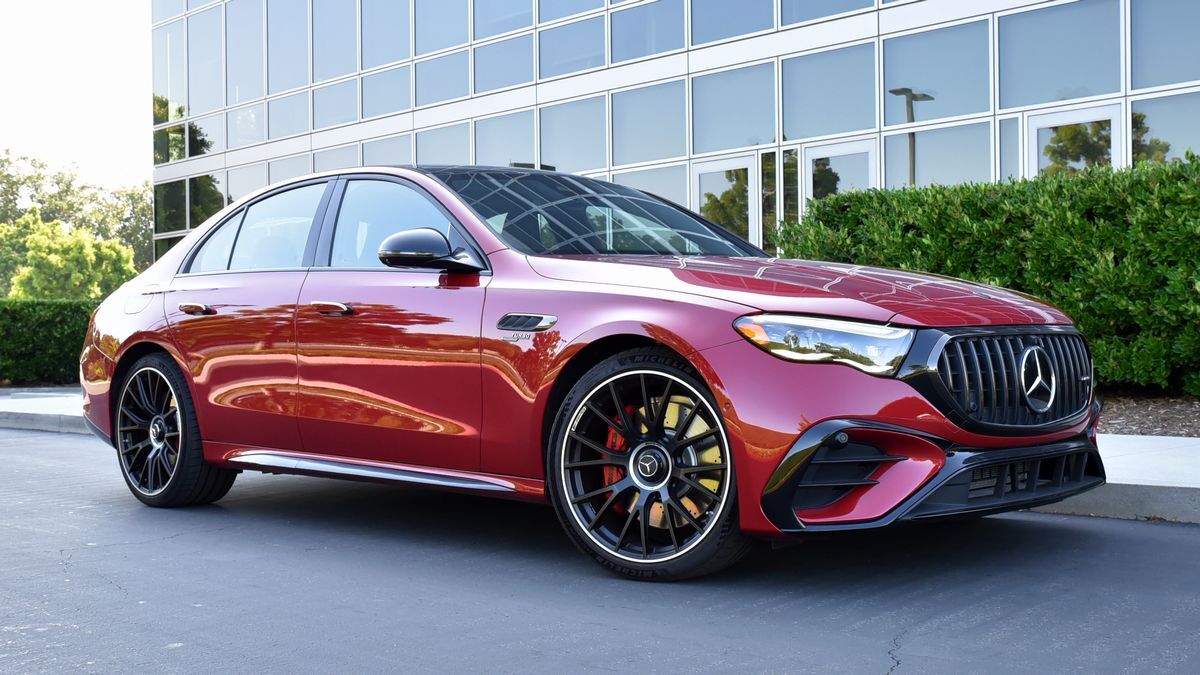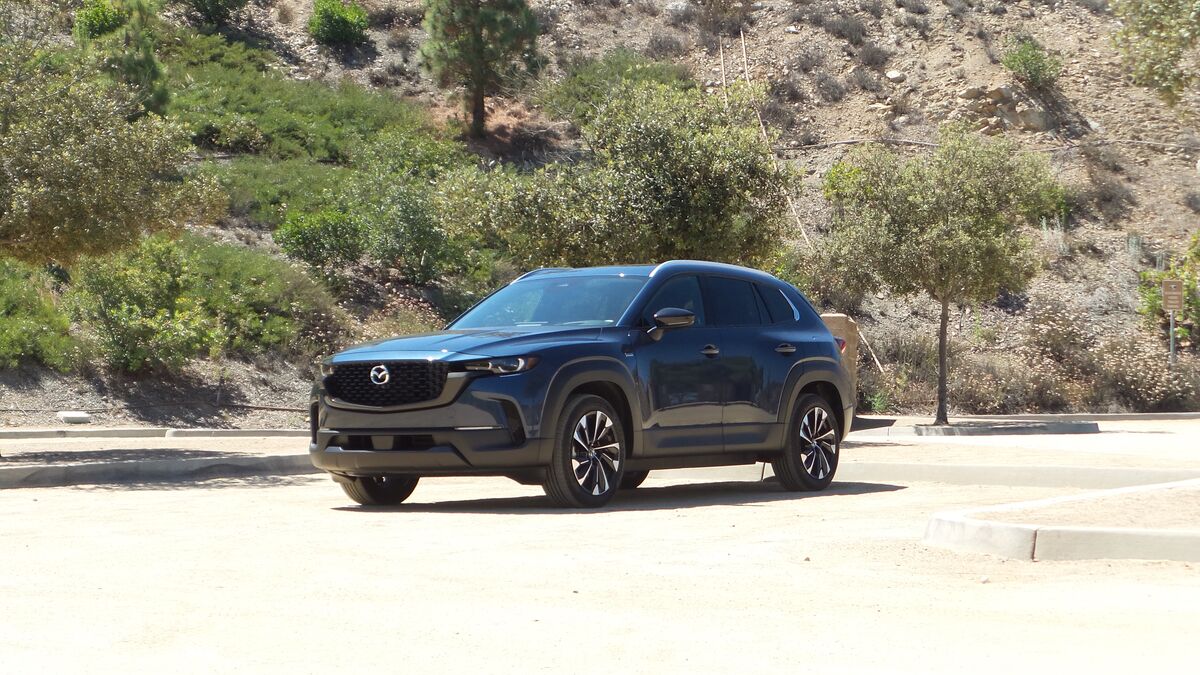- Ford to invest $11B in 40 electrified vehicles (globally) by 2022
- Gas/electric hybrid versions of all U.S. mainstream models, including trucks
- 2020 Ford Hybrid Police Interceptor previews capabilities of civilian Explorer
- Civilian 2020 Explorer Hybrid to be priced ~$4,000 over EcoBoost 4-cylinder
- 2020 Ford Escape Hybrid and Plug-In Hybrid could approach 40 mpg
- 2020 Explorer coming summer 2019, Escape fall 2019; F-150 Hybrid pickup in 2020
Now that Ford Motor Co., wisely or not, has decided to discontinue all of its passenger cars except the iconic Mustang in favor car-based crossover utilities, SUVs and trucks – because that is where U.S. buyers are going – it has announced another bold move. Ford says it will invest $11B in electrified vehicles over the next three years. And many of them will be larger, heavier rear- and all-wheel-drive models. For Europe and other global markets, the mix will be more mild hybrids and full battery electrics.
Nearly all automakers now offer fuel-efficient gasoline/electric hybrid electric vehicles (HEVs), as well as plug-in hybrids (PHEVs) that have larger batteries to provide 20-30 miles of electric-only operation. Many of these vehicles are smaller, lighter front-drive cars and crossovers. General Motors and Chrysler sold (a few) hybrid trucks and SUVs years ago, and some European makers offer HEV and PHEV luxury SUVs, but Ford will be first among full-line volume automakers to invest in what it says will be a full range of hybrid SUVs and trucks.
Ford Hybrid History
Ford launched its first HEV, the 2005 Escape Hybrid, a decade and a half ago. Similar in concept to Toyota’s “Synergy Drive” Prius setup, its powertrain married a 4-cylinder gasoline engine to a battery-powered electric motor for a substantial fuel economy benefit – but at a higher price – over the conventional Escape.
Despite slow sales, a second-generation Escape Hybrid and a Fusion Hybrid sedan followed for 2009. Then for 2012 came a much-improved Gen III system for Fusion and a new C-Max crossover, plus PHEV versions called Fusion and C-Max “Energi.” With more energy-dense Lithium Ion battery packs replacing the previous nickel-metal hydride variants, sales of these have approached 100,000 units in some years.
2020 Hybrid Escape and Explorer Hybrids
This fall, Ford will launch its new Gen IV front-drive hybrid system in the all-new 2020 Escape HEV and PHEV models. A very different setup – on a new Modular Hybrid Technology (MHT) powertrain for vehicles 3,500 pounds and heavier – arrives this summer for its all-new 2020 Explorer.
The Escape Hybrid’s 2.5-liter 4-cylinder gas engine and electric motor will combine for about 200 horsepower and high-30s mpg with or without available “intelligent” AWD. The Escape PHEV will offer up to 30 miles of EV-only range but no AWD, since its larger 14.4 kWh underbody battery rules out a rear driveshaft. The civilian Explorer HEV weds a 3.3-liter V6 to an electric motor packaged ahead of its 10-speed automatic transmission for a combined 318 horsepower and probably about 26 mpg.
RELATED: 2020 Ford Explorer Hybrid Review
An F-150 Hybrid pickup will follow next year, then a full battery-electric F-150, and we’re betting that a hybrid Expedition SUV is not far off. And, in addition to its existing plan to develop a portfolio of battery electric vehicles (BEVs), Ford has invested $500 million in emerging EV truck-maker Rivian to co-develop and build an all-new BEV using Rivian’s flexible “skateboard” platform.
Hybrid Police Interceptor
Ford will offer the nation’s law enforcement agencies a Police Interceptor version of the new Explorer Hybrid.
Despite weighing some 4,700 pounds, the 2020 Explorer Police Interceptor we briefly drove at Ford’s Dearborn Proving Grounds delivered surprisingly strong performance and agile handling, so the civilian version should also have good power along with a 5,000-lb. tow rating, uncompromised cargo capacity, full off-road capability, and substantially better fuel efficiency vs. non-hybrid models.
The specially calibrated Police Interceptor’s hybrid system delivers 318 combined horsepower and 322 lb-ft of torque. In Michigan State Police testing, Ford’s first-ever Police Interceptor Hybrid outperformed competing V8-powered police SUVs, yet its EPA combined rating is 24 mpg vs. just 17 mpg for the outgoing Police Interceptor Explorer with a 3.7-liter V6 and AWD.
Also, because it can shut down the 3.3-liter V6 gas engine and run all its police equipment on its 1.5 kWh lithium-ion hybrid battery for extended periods of time, Ford says the new Explorer Hybrid Police Interceptor can save nearly 1,300 gallons of gas a year compared to a conventional police vehicle having to constantly run its engine at idle. At $2.75 per gallon, that can amount to a savings of more than $3,500 a year, which happens to be the added price of the Police Interceptor Hybrid over its standard 3.3L naturally aspirated V6 counterpart.
So, while Ford and others have sold hybrid vehicles mostly on fuel efficiency, Ford will also tout performance and “no compromise” capabilities for its larger RWD and AWD models.
Not interested in the all-new Explorer? You can get a great deal on the old, outgoing Explorer until they’re all gone. Check local dealership inventory now.
